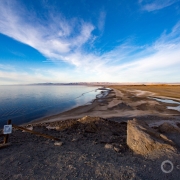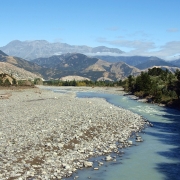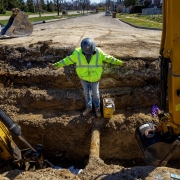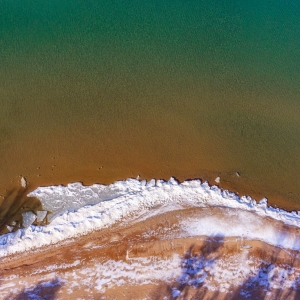HotSpots H2O: With History of Pollution, British Water Utility Will Now Alert Residents to Sewage Spills

The River Thames. © Pixabay
Thames Water Utilities, the United Kingdom’s largest water company, is creating a system to alert the public to sewage discharges into British rivers and streams. The move, announced earlier this month, comes after the company pleaded guilty in court and was fined £2.3 million for spilling improperly treated sewage into a stream in the town of Henley-on-Thames in 2016 that killed more than 1,100 fish.
After numerous calls from the public and environmental organizations for more data on sewage pollution, Thames Water will begin sending real-time email alerts to nearby residents and those using the rivers. The company plans to place several data-collection systems in waterways by April, working alongside the group End Sewage Pollution. Thames Water will also test the river to better understand the amount of bacteria in the water and where the pollution is entering.
“Our aim will always be to try and do the right thing for our rivers and the communities who love and value them,” said a spokeswoman from Thames Water. “We are fully aware of our responsibilities.”
The company has a murky history with sewage pollution. British law allows untreated sewage to be dumped into waterways if excessive rainfall overwhelms water treatment plants. But Thames Water has been fined for what regulators determined were avoidable spills. In 2017, the utility was fined £20 million for sustained, repeated pollution in the River Thames between 2012 and 2014. The spills caused serious environmental damage, including visible sewage, wildlife death, and disruption to farmers and local residents. After a thorough investigation, the UK Environment Agency found numerous failures and negligence on the part of Thames Water.
The more recent £2.3 million court fine found that the company did not address faulty equipment in a sewage treatment plant, making the 2016 spill completely foreseeable. The sewage, which had elevated levels of ammonia, killed 1,146 fish and other river wildlife. EA agents smelled the sewage pollution in the stream, while others witnessed floating fish and discarded sanitary products. The area lost most of its fish population, which took a year to recover.
“The Environment Agency enforcement action over several years and the pressure it has put on water companies has led to £30 billion of investment by the industry in water quality,” said Jackie Outhwaite, lead investigator and land and water officer at the EA. “The damage caused to the environment at Henley, however, shows water companies have a lot more to do to protect the environment.”
Elena Bruess writes on the intersection of environment, health, and human rights for Circle of Blue and covers international conflict and water for Circle of Blue’s HotSpots H2O.













Leave a Reply
Want to join the discussion?Feel free to contribute!